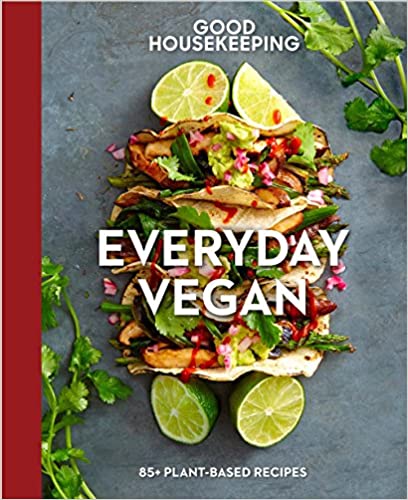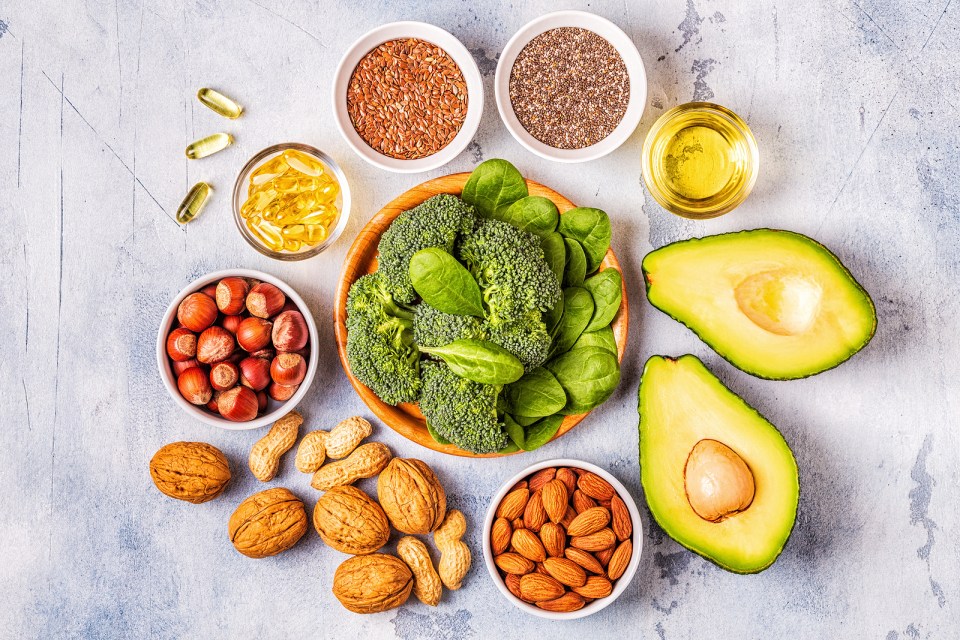
There is no reason to worry about giving up your vegetarian diet when you are pregnant. You can satisfy your hunger without eating meat or dairy. You can find vegetarian recipes high in protein that are perfect for pregnant women. Also, Mexican-inspired dishes such as stuffed squash can be found.
Easy vegetarian recipes for mums-to-be
Getting pregnant is an exciting time, but also one that requires a lot of responsibility. A healthy diet is important for the mother as well as the unborn child. There are some foods that you should avoid altogether, but you should also eat plenty of fruits and vegetables.
Mexican-inspired pregnancy meal
A Mexican-inspired vegetarian meal for pregnancy can be a satisfying and delicious meal. This delicious dish is rich in heart-healthy unsaturated oil, which can help your baby's brain develop and keep you satisfied. You can make your own homemade hummus. It's full of nutrients, healthy fats, and vitamins. Combine a 15-ounce canned of chickpeas and 3 tablespoons lemon zest, sesame seeds tahini, 1 teaspoon of olive oil, and minced clove to make your own hummus. This appetizer is delicious served with pretzels.

Stuffed acorn squash
Stuffed squash with acorn squash is an excellent vegetarian recipe, full of nutrients. This delicious recipe is great for a vegan pregnancy. This recipe is high in vegetables, and low in fat. It is also a good source of vitamin A and fiber.
Nachos
Vegetarian Nachos could be the perfect choice for those looking for a delicious, low-fat, low-calorie meal. These tasty snacks are full vegetables and umami flavour. These tasty snacks also include black beans, which provide a great source for plant-based protein, as well as mushrooms which are high in prebiotics which feed the good bacteria in your gut.
Pizza
Pregnant ladies can eat pizza in their pregnancy provided they cook the pizza thoroughly. A fully cooked pizza should not exceed 165 degrees Fahrenheit. Also, be aware that pizzas undercooked may contain bacteria like listeria and toxoplasma.
Pasteurized cheeses
If you're planning to incorporate cheese into your pregnancy menu, there are a few things that you should keep in mind. First, stick to pasteurized cheese. Although all cheeses have bacteria on the surface, certain types are safer for pregnant women. Cheddar is one example.

Nutrient-rich soups
Soups rich in nutrients are an excellent choice for pregnant ladies, and can be made easily at home. Tomato soup, for instance, is a popular and healthy recipe for pregnant women. It is also rich in essential nutrients. This hearty soup will ease nausea and keep your digestive tract healthy. It is also rich in vitamins C, folic acid, which are vital nutrients for the developing foetus.
FAQ
How do you know what is best for you?
You must listen to your body. When it comes to your body's needs for exercise, food, or rest, it is the best. Your body will tell you what to do so that you don't go overboard. You must listen to your body to ensure you are healthy.
What is the best food for me?
Your age, gender, body type, and lifestyle choices will all impact the best diet. Also, consider your energy expenditure, your preference for low-calorie food, and whether you enjoy eating fruits or vegetables.
Intermittent fasting may be a good choice if you want to lose weight. Intermittent eating means you only eat specific meals throughout the day. It's not like three big meals. You may find that this method works better for you than traditional diets that include daily calorie counts.
Some studies have suggested that intermittent fasting might improve insulin sensitivity. It may also reduce inflammation. This can lead to a reduction in blood sugar levels, and less risk of developing type 2 diabetes. Other studies suggest that intermittent fasting could promote fat reduction and improve overall body structure.
Why is it so important to lead a healthy lifestyle
A healthy lifestyle will help us live longer and happier lives. Good nutrition, exercise regularly, good sleep habits, and stress control can help you avoid diseases such as heart disease and stroke.
By living a healthy lifestyle, we can improve our mental health. It will make us more resilient to everyday stress. A healthy lifestyle will help you feel more confident and younger.
Statistics
- According to the Physical Activity Guidelines for Americans, we should strive for at least 150 minutes of moderate intensity activity each week (54Trusted Source Smoking, harmful use of drugs, and alcohol abuse can all seriously negatively affect your health. (healthline.com)
- WHO recommends consuming less than 5% of total energy intake for additional health benefits. (who.int)
- nutrients.[17]X Research sourceWhole grains to try include: 100% whole wheat pasta and bread, brown rice, whole grain oats, farro, millet, quinoa, and barley. (wikihow.com)
- The Dietary Guidelines for Americans recommend keeping added sugar intake below 10% of your daily calorie intake, while the World Health Organization recommends slashing added sugars to 5% or less of your daily calories for optimal health (59Trusted (healthline.com)
External Links
How To
What does the term "vitamins" mean?
Vitamins are organic compounds that can be found in foods. Vitamins help us absorb nutrients from foods we eat. Vitamins are not made by the body, so they must be obtained through food.
There are two types: water-soluble and fat-soluble vitamins. Water-soluble vitamins dissolve in water easily. These include vitamin C (thiamine), Vitamin B1 (riboflavin), Vitamin B2 (riboflavin), Vitamin B3 (niacin), Vitamin B6 (pyridoxine), Vitamin C, B1 (thiamine), Vitamin B2 (riboflavin), Vitamin B3 (niacin), and Vitamin B6 (pyridoxine). Fat soluble vitamins are stored in the liver and fatty tissue. You can find vitamin D, E K, A and beta carotene as examples.
Vitamins are classified according to their biological activity. There are eight major vitamin groups:
-
A – Essential for normal growth, and the maintenance of good health.
-
C - vital for nerve function and energy generation
-
D - Vital for healthy bones and teeth
-
E - required for good vision & reproduction.
-
K - essential for healthy nerves, muscles, and joints.
-
P – Vital for building strong bones.
-
Q – aids digestion and absorption.
-
R - Red blood cells are made from red blood cells.
The recommended daily allowance for vitamins (RDA) varies according to age, gender, or physical condition. The U.S. Food and Drug Administration (FDA) sets the RDA values.
For example, the RDA for vitamin A is 400 micrograms per dayfor adults 19 years or older. Pregnant mothers need 600 micrograms a day to ensure fetal growth. Children ages 1-8 require 900 micrograms per day. Babies under one-year old need 700 micrograms per daily. Between 9 and 12 month, however, this drops to 500 mg per day.
Children aged 1-18 years need 800 micrograms daily, while children overweight require 1000 micrograms per days. Children who are severely obese or underweight will need 1200 micrograms each day.
Children between 4-8 years of age who have been diagnosed by anemia must consume 2200 micrograms daily of vitamin C.
2000 micrograms daily is required for adults over 50 to maintain their general health. Due to their increased nutrient needs, pregnant and breastfeeding women need 3000 micrograms daily.
1500 micrograms are required daily by adults over 70 because they lose approximately 10% of their muscle each decade.
Women who are pregnant and lactating need more nutrients than the RDA. Pregnant mothers need 4000 micrograms per daily during pregnancy and 2500 after giving birth. Breastfeeding mothers require 5000 micrograms daily when breast milk production is occurring.